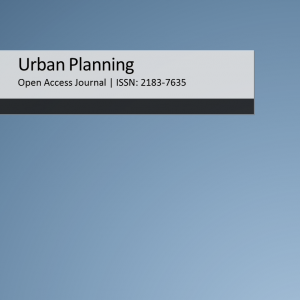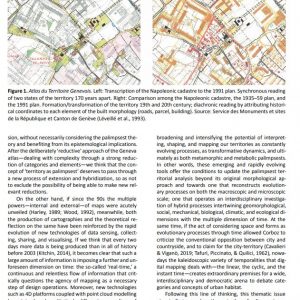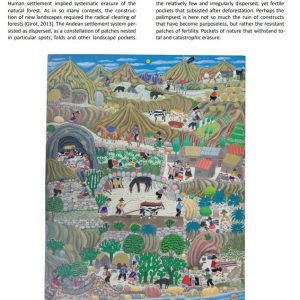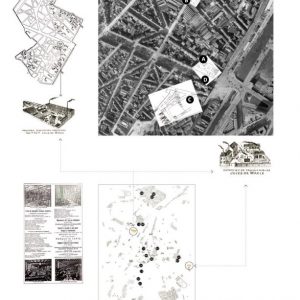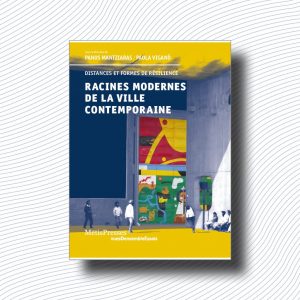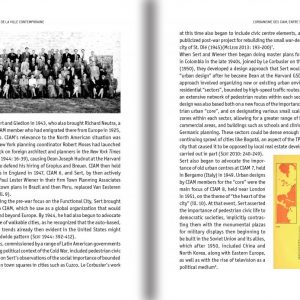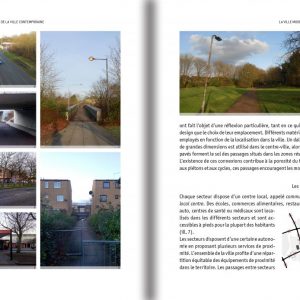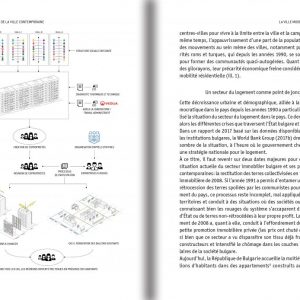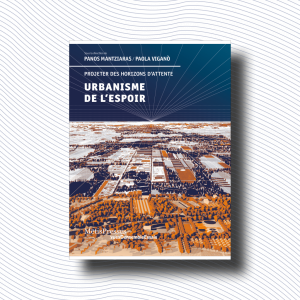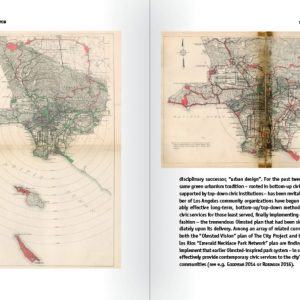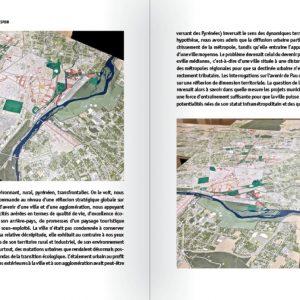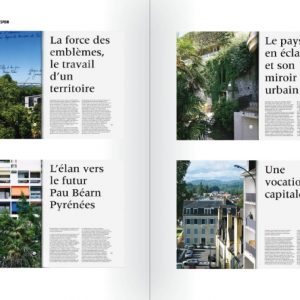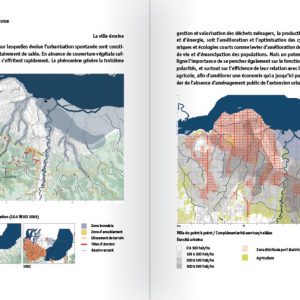HRC PUBLICATIONS

Highlighted Publications
2020
Habitat Research Center Report 2017/2020
The Habitat Research Center has concluded its first three-year cycle. This report includes an accurate record of all activities completed, which shows the effort to develop the initial ambitions and to translate them into concrete actions. Since it was founded in September 2017, HRC has been developing several initiatives involving research, teaching, and projects, to bridge the gap between academia and society.
You can read the Habitat Report 2017 – 2020 here.
2024
TOD-IS-RUR Publication 2024
2020
Territories in time: Mapping Palimpsest Horizons
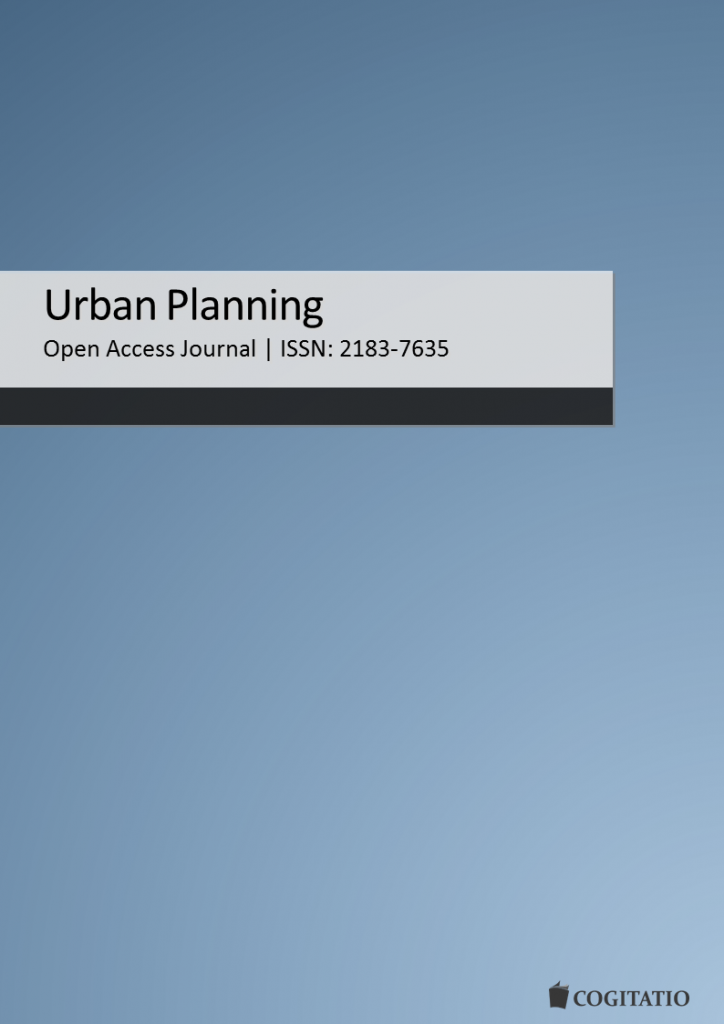

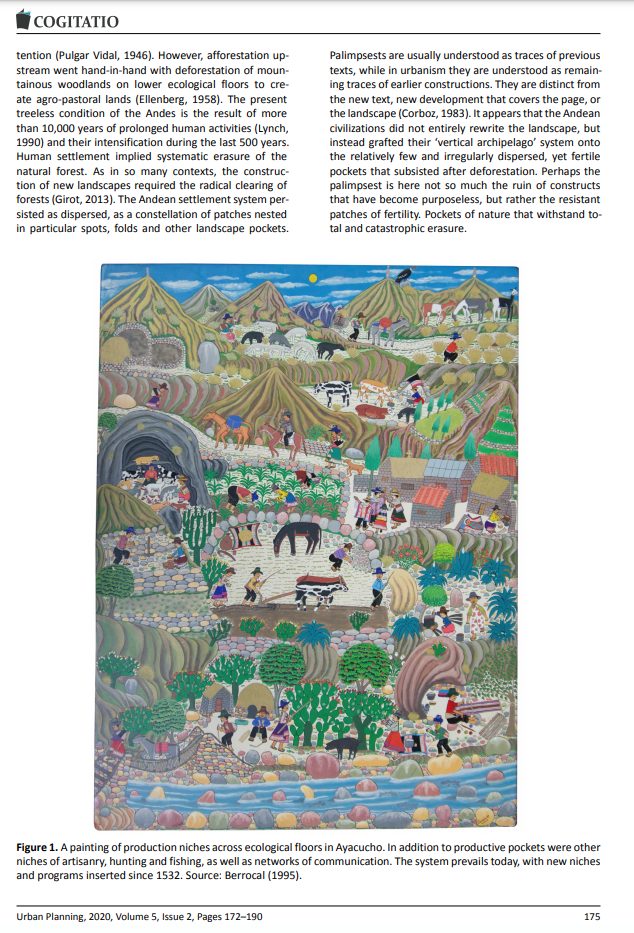
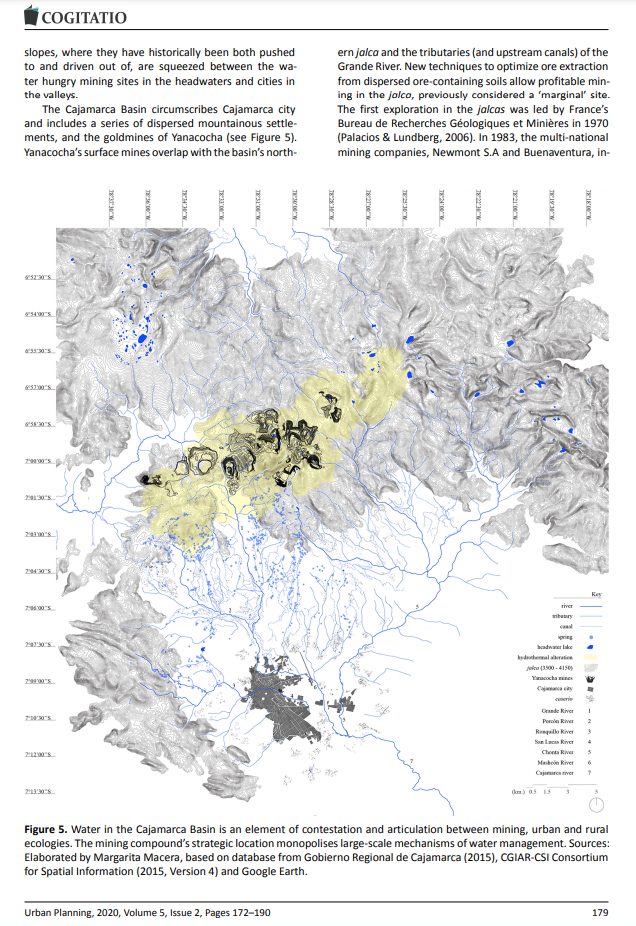
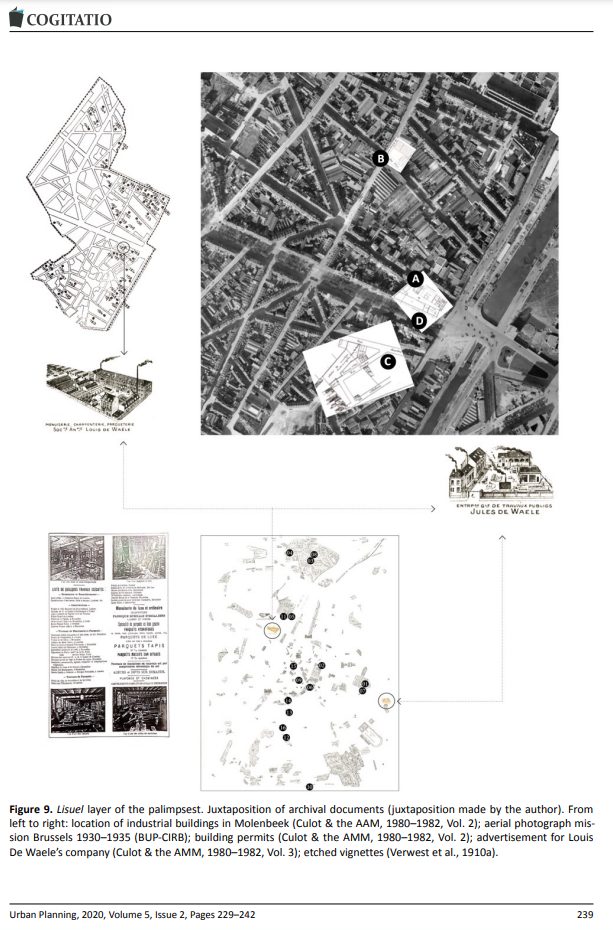
Edited by Chiara Cavalieri and Elena Cogato Lanza
Urban Planning Vol. 5, Issue 2, 2020
In the early 80s André Corboz, in describing the territory as being the re-sult of slow and long-term processes involving multiple transformations, implicitly declares the onset of a new paradigm for understanding cities and territories: a new gaze attentive to the chronological dimension of spaces, aware of the long history of places, interested in that ensemble of signs, traces and voids so tangible, and yet ignored by the paradigm of tabula rasa. To describe this complexity, Corboz proposes the metaphor of territory as palimpsest: A palimpsest is a two-dimensional writing board bearing a three-dimensional matrix of signs, which, as a metaphor, allows for a contextual, four-dimensional apprehension of territory, por-traying space in its chronological evolution. This text re contextualizes the notion of palimpsest—both as a methodological and a theoretical que-stion—in the light of two main conceptual ‘shifts’: the ‘territorial turn,’ which increased interest among different disciplines, projects, and poli-cies for the dimension of cities as territory, and the ‘digital turn,’ namely the rapid evolution of data recording, archiving, and mapping technologies.
2019
Racines Modernes De La Ville Contemporaine. Distances et Formes de Résilience
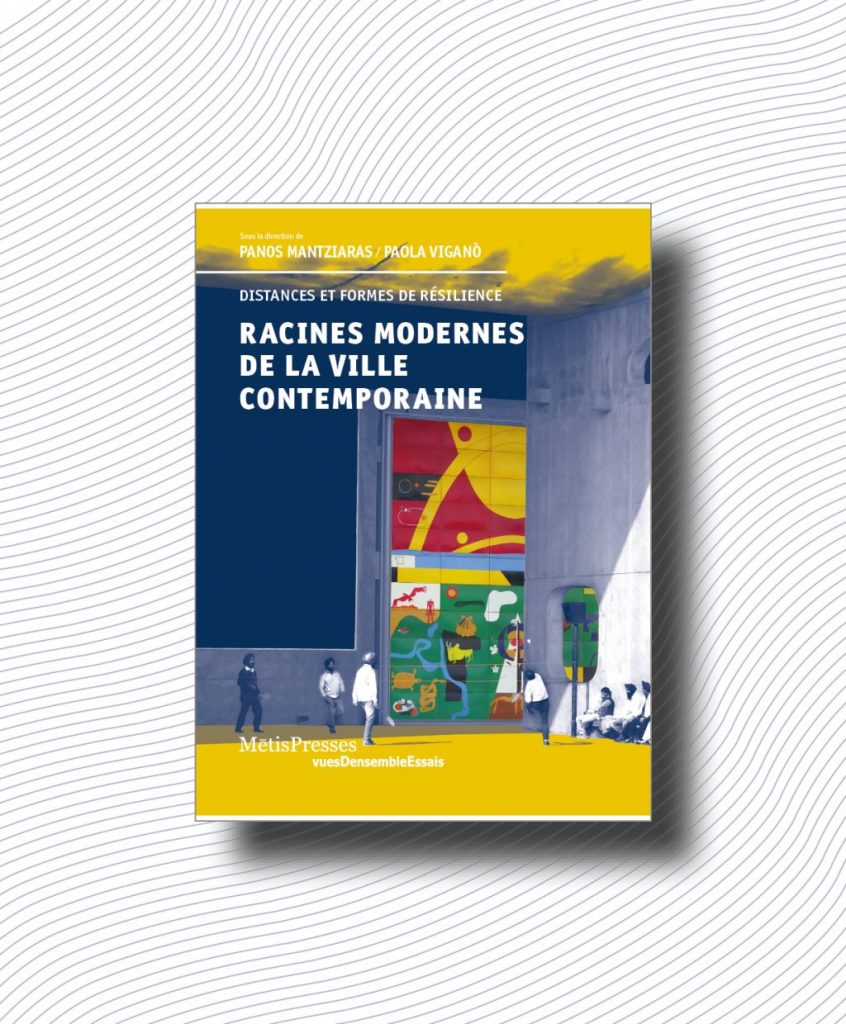
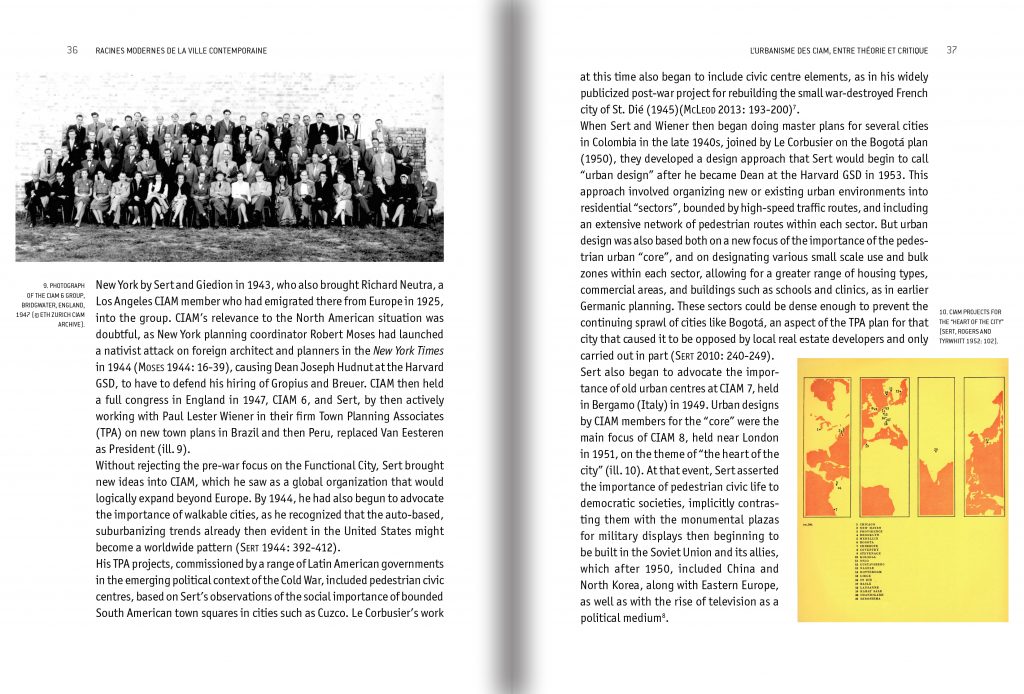
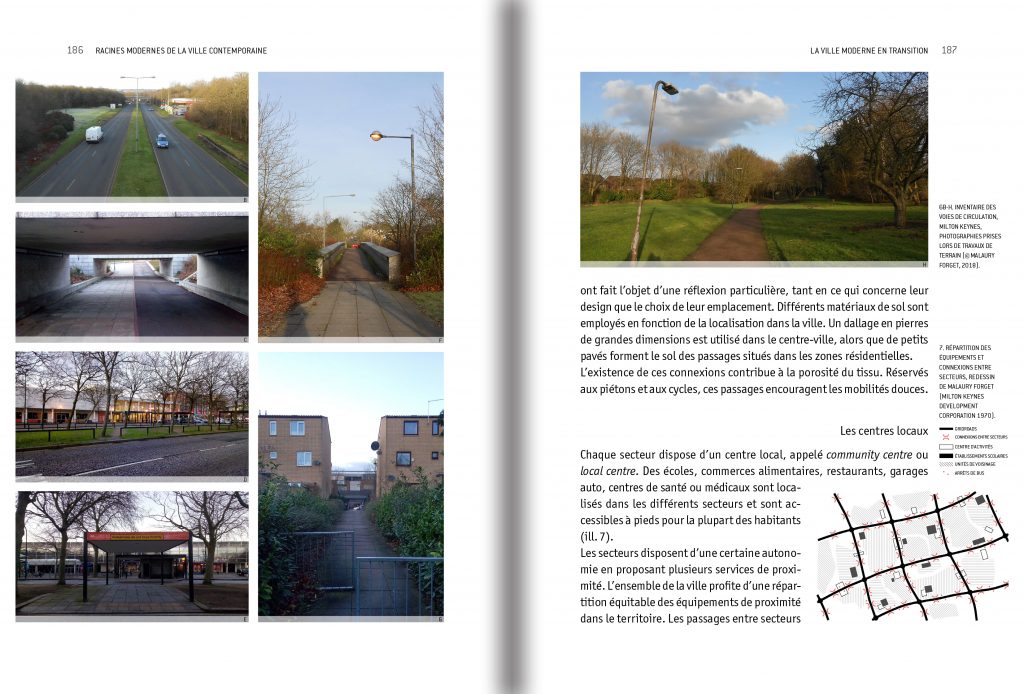
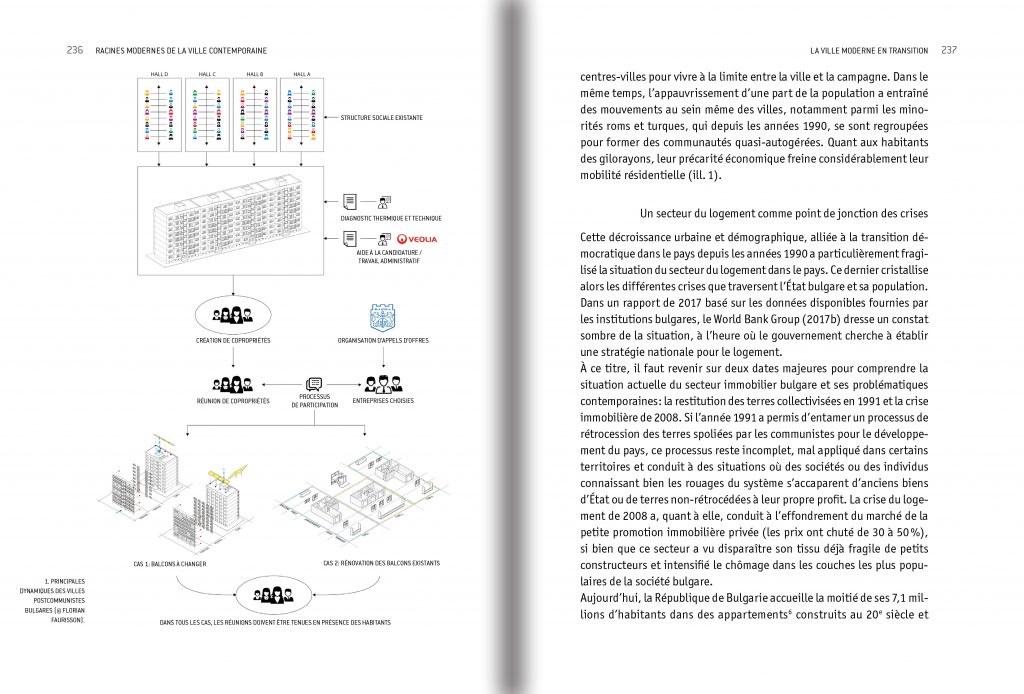
Edited by Panos Mantziaras and Paola Viganò. MētisPress, 2019
Almost a century after the Declaration of La Sarraz, the founding act of the International Congresses of Modern Architecture and, by extension, of Modern Urbanism, new questions arise for the future of a predominantly urban planet. Widely known and partly justified, criticism of the principles of CIAM, the projects and the concrete results derived from them have never sufficiently taken into account their discrepancy with the environmental and social challenges of the contemporary city. Designed to achieve social emancipation objectives, the urban framework of the last hundred years needs to be evaluated in terms of its resilience in the face of the ecological crises that lie ahead. In short, what about the modern city as a relay between the first modernity and the ecological transition project? This book addresses this issue both from a theoretical and critical angle and through the study of the evolution of the modern city in its European geographical epicenter and outside it. Original research themes are thus sketched out between global visions and case studies, diagnoses, and prospective studies, by reconstructing the trajectories of eminent personalities and dynamic collectives. A striking disciplinary aporia emerges, that of the trajectory taken by the city in the 20th century, undoubtedly promising for individuals, but highly ambiguous for communities and certainly too demanding for the biosphere.
2018
Urbanisme de l’Espoir. Projeter des Horizons d’Attente
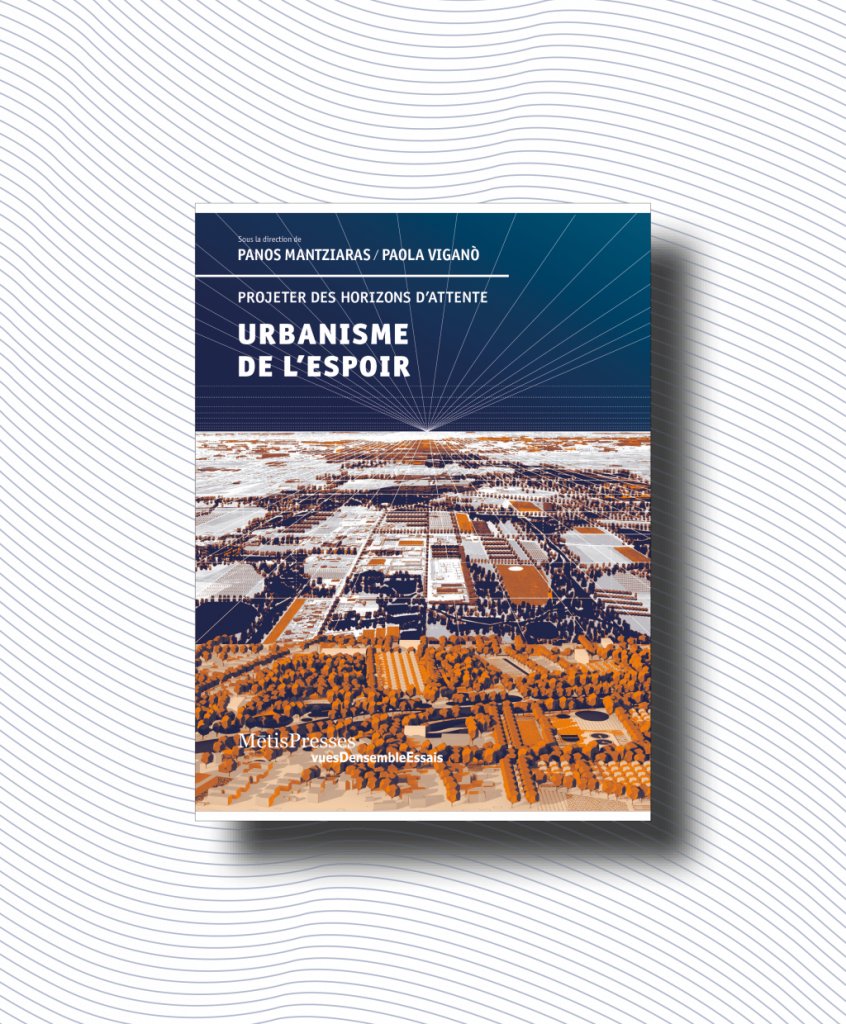
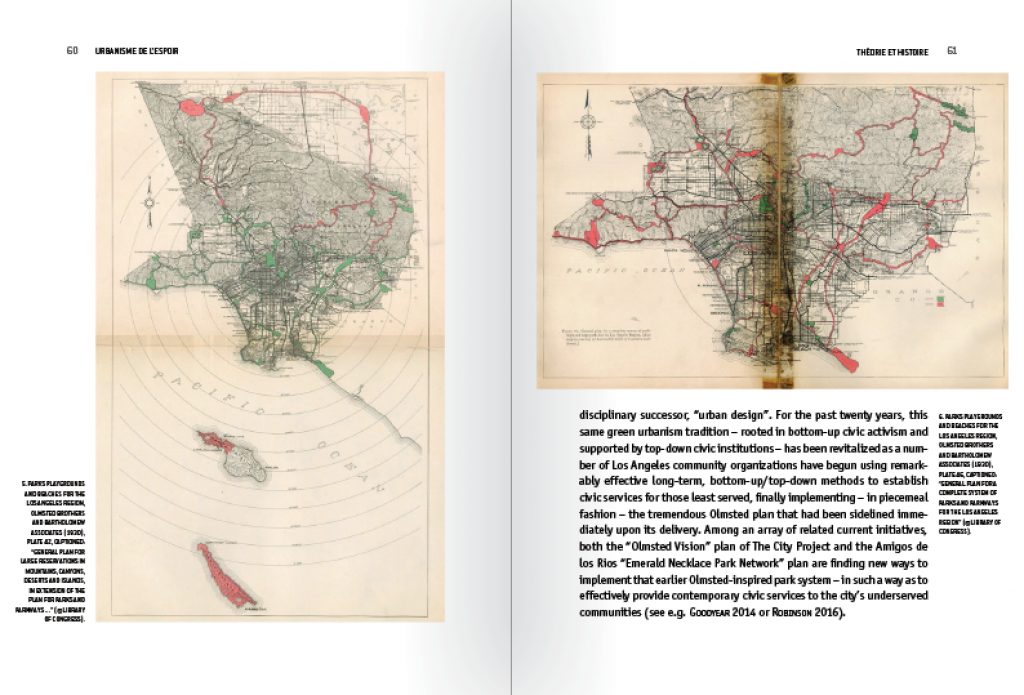
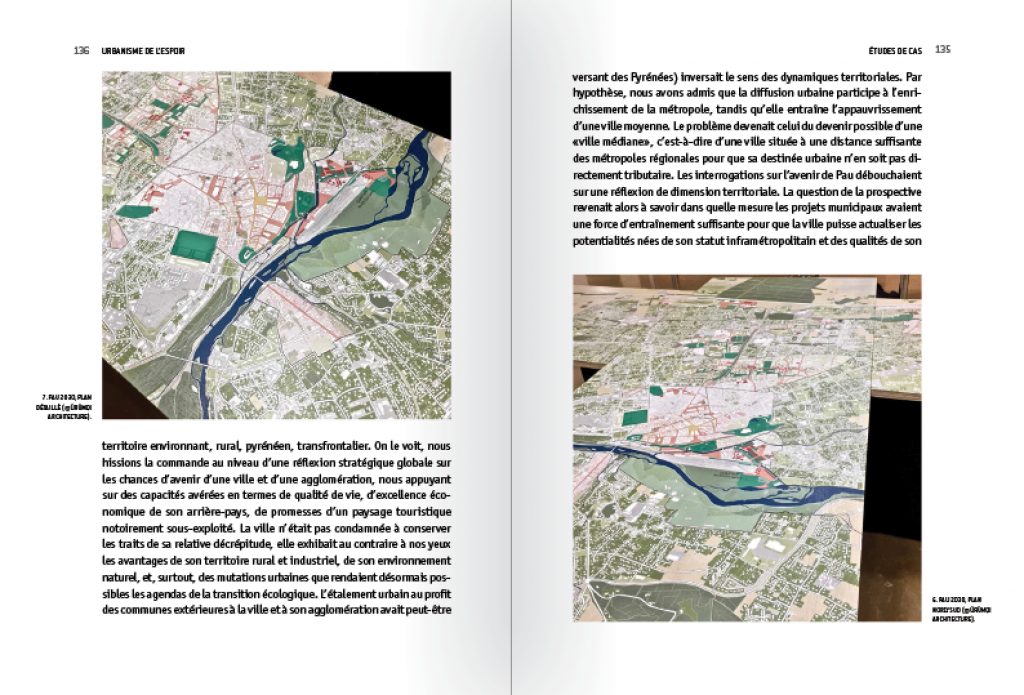
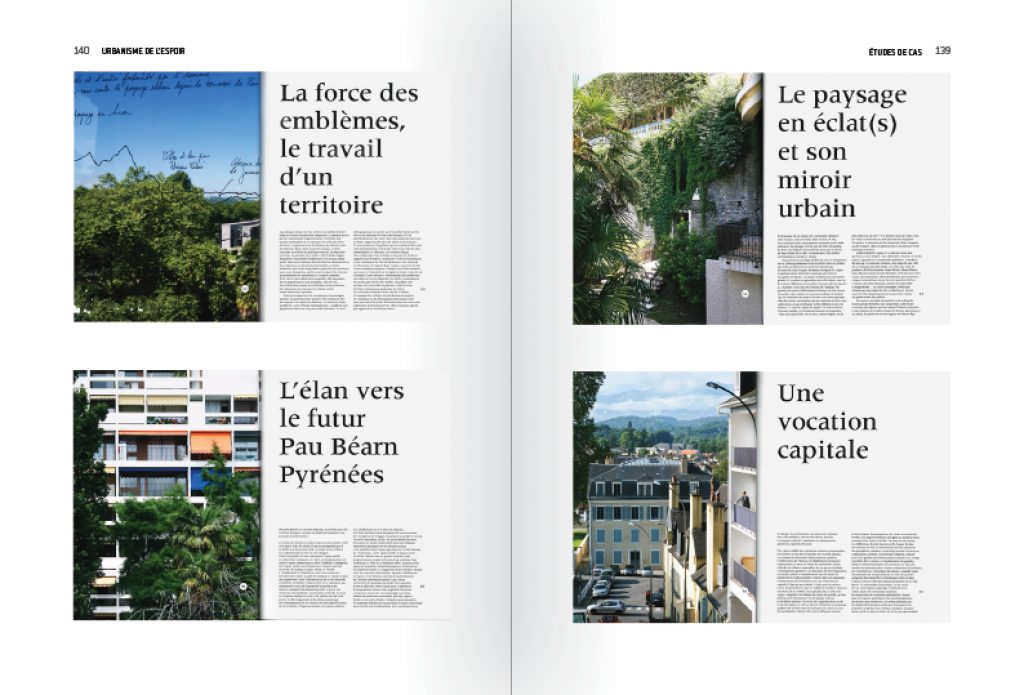
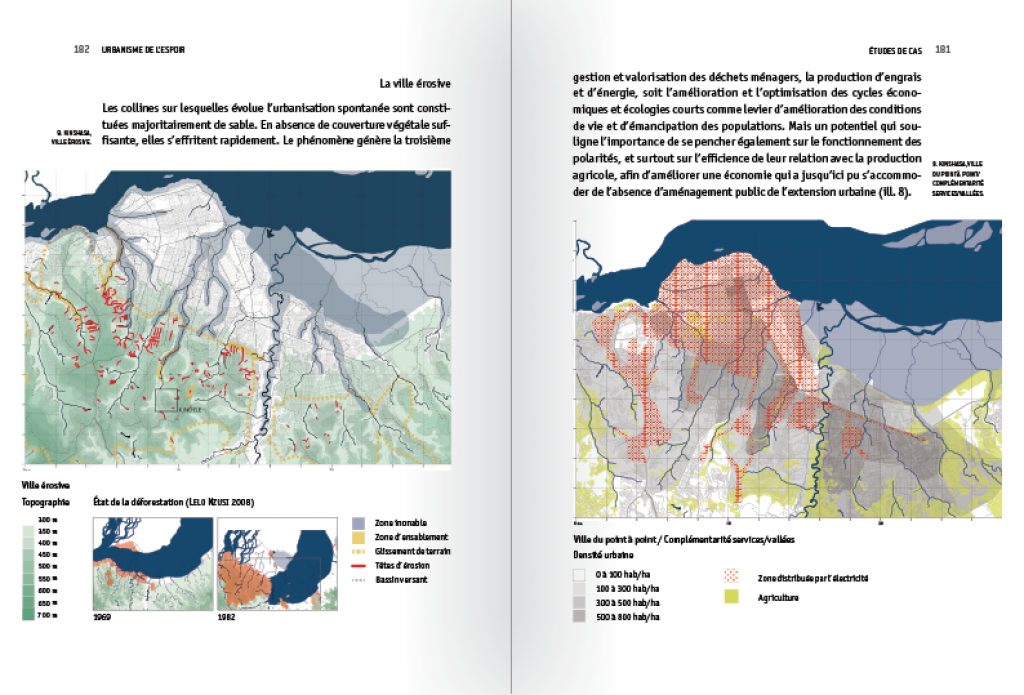
Edited by Panos Mantziaras and Paola Viganò. MētisPress, 2018.
This book proposes to redefine the role played by the project – a project of cities and territories – in the social construction of hope. The disciplines of spatial transformation have always contributed to the development of shared world visions and value systems. Yet their participation in the construction of hope is being called into question today, mainly because of their difficulty in being part of a convincing collective narrative about the future. The contributions collected in this book aim to identify the theoretical and practical conditions necessary for the constitution of an urban planning of hope: grasping the socioeconomic configurations of the territory outside the dominant theories; apprehending the territory as a palimpsest, considering its historical depth and its evolutionary potentialities; favouring a descriptive and qualitative approach to address, from the angle of climate and energy issues, such crucial problems as soil regeneration, landscape structures, buildings or forms of industrial and agricultural production. A paradoxical stance must be taken: to reanimate the indissoluble link that modernity has established between project and hope, while reversing its foundations.
Other Publications
— Drevon G., Pattaroni L., Delley L. Hamel N., (2020) “Rhythms of the Eventful City: Elements for a Spatiotemporal Mapping of the Montreux Jazz Festival », Urban Planning, accepted. in: Territories in time: Mapping Palimpsest Horizons, Urban Planning (5) 2.
— Koseki, Shin Alexandre, Jacques Lévy, and Irene Sartoretti. (2020). “De l’espace pour la réussite scolaire.” Research report. Paris: Ministère de l’Éducation nationale et de la Jeunesse. https://doi.org/10.5281/zenodo.3773955.
— Yang, Y., Viganò, P., Zhang, Q., et al. (2020). Waterfront Analysis and Design Comparative Report of Beijing, Suzhou and Yinchuan. TU Delft Open.
— Cogato Lanza, E., Barcelloni Corte, M., & Graezer Bideau, F. Eds. (2019). Comparing Habitats. Contour Journal, Issue 2(4).
— Koseki, Shin Alexandre, Paola Viganò, Derek Christie, Martina Corte Barcelloni, Claire Guenat, Roberto Sega, and Matthew Skjonsberg. (2019). “Cadres de référence et expertise requise pour une réfection des espaces publics dans le secteur de la Borde-Bellevaux à Lausanne.” Research report. Lausanne: École polytechnique fédérale de Lausanne. https://doi.org/10.5281/zenodo.3813656.
Please note that the publication lists from Infoscience integrated into the EPFL website, lab or people pages are frozen following the launch of the new version of platform. The owners of these pages are invited to recreate their publication list from Infoscience. For any assistance, please consult the Infoscience help or contact support.
Il contributo delle company towns per l’identità produttiva dell’Italia di Mezzo
La Città Lago. Prossimità e trasizione ecologica in un territorio dell’Italia di Mezzo. Laboratorio di Urbanistica 2, Milan, Italy, 2024-03-22.Beyond the radio-centric Metropolis: City-territory and network pluralities in The Great Geneva
2024-03-10. TOD-ISRUR (TOD Studio Lausanne).Steel Pipes and Global Networks: The Influence of Dalmine S.p.A in Shaping Resource Extraction Infrastructures
2023-12-02
Corporate Urbanism: The Past, Present, and Future of Company Towns and Public Space Governance
Eternal buildings in future cities, Roma, Italy, 23-24 november 2023.Company Town : To Provide and to Separate. An Open Letter to Giorgio Agamben [by] Vittorio Gregotti
Burning Farm. A Journal on Architecture and Domestic Space. 2023-11-21. num. 11(2023).Company towns: un’introduzione. Il caso Dalmine come palinsesto delle politiche industriali
052991 – Laboratorio di Conservazione dell’Edilizia Storica (ICAR/19), Politecnico di Milano, Milan , 12 October 2023.NOVEL TOD PLANNING APPROACHES
2023-10-01
